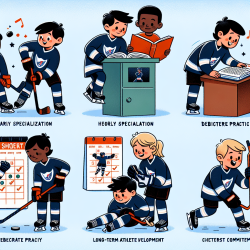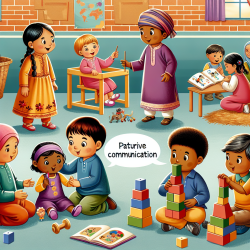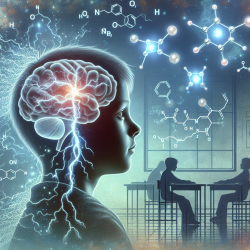Introduction
In the world of sports, the debate around early specialization versus multisport participation is a hot topic. A recent study titled "Developmental activities of elite junior hockey players: an analysis of early sport specialization" sheds light on this issue, particularly in the context of Canadian junior hockey players. This research provides valuable insights that can help practitioners refine their approaches to athlete development.
Key Findings from the Study
The study involved 15 elite junior hockey players from the Ontario Hockey League (OHL), who shared their developmental histories through quantitative retrospective interviews. Here are some of the critical findings:
- Participants engaged in a wide variety of sports until the age of 12, after which specialization in hockey became more pronounced.
- Deliberate practice hours in hockey increased significantly from ages 6 to 16, while deliberate play peaked at age 9 and then declined.
- Most participants considered themselves "highly specialized" by age 14, although quantitative indicators suggested this might occur as early as 12.
- Despite a diverse sport history, hockey competition started earlier than recommended, showing high levels of sport commitment as young as 9 years old.
Implications for Practitioners
For practitioners working with young athletes, this study highlights several important considerations:
- Encourage Multisport Participation: Until the age of 12, engaging in multiple sports can contribute to overall athletic development and reduce the risk of burnout and overuse injuries.
- Balance Practice and Play: While deliberate practice is crucial for skill development, maintaining elements of play can foster creativity and intrinsic motivation.
- Monitor Specialization Levels: Be aware of the age at which athletes begin to specialize and ensure it aligns with their developmental readiness and long-term goals.
- Prioritize Athlete Well-being: Ensure that training programs are designed to promote physical and psychological well-being, avoiding excessive pressure and risk of injury.
Encouraging Further Research
While this study provides valuable insights, it also opens the door for further research. Practitioners are encouraged to explore additional factors influencing athlete development, such as psychosocial aspects, coaching strategies, and the role of parents and guardians.
To read the original research paper, please follow this link: Developmental activities of elite junior hockey players: an analysis of early sport specialization.










